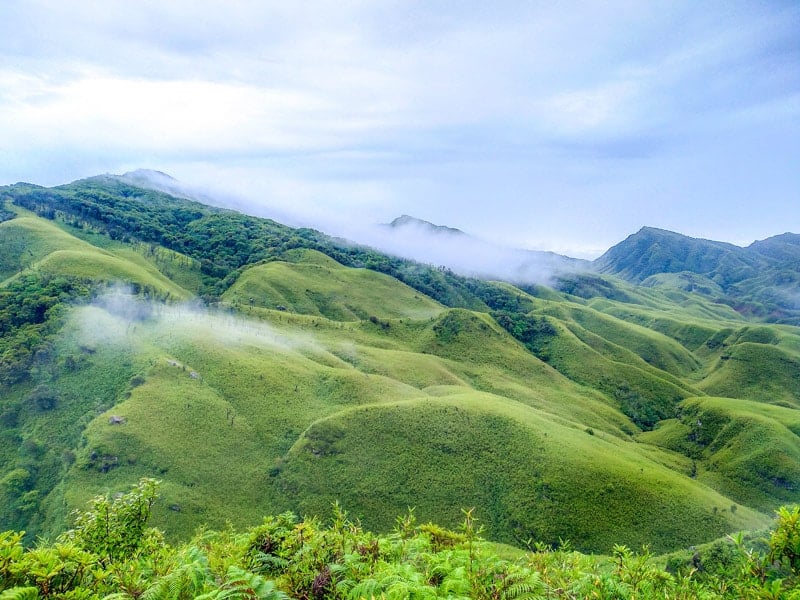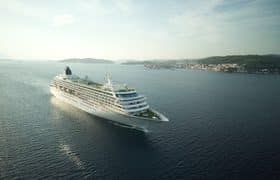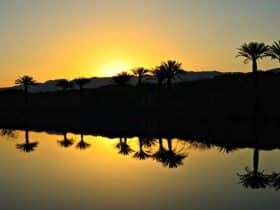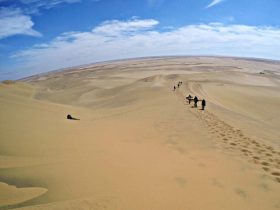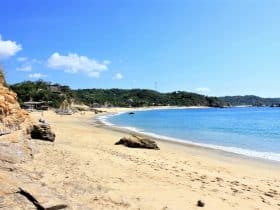The morning solar was already excessive and sizzling, penetrating a blue sea haze that softened the forested islands on the horizon. The silhouette of a cargo ship inched north alongside the diffuse line between sky and sea, towards the frenetic cities on the mainland of Honshu. However the place I used to be, all was peaceable.
Within the milky blue under my Status stateroom balcony, two giant Chrysaora jellyfish pulsed nonchalantly alongside the hull of Ponant’s 466-foot Le Soléal. Simply the evening earlier than, this luxurious expedition ship had transported me from the bustle of Osaka’s crowds and heavy trade to the mysterious and exquisite Seto Inland Sea, the physique of water that separates Japan’s important islands: Honshu, Shikoku, and Kyushu.
The reconstructed Sixteenth-century Osaka Fort, on Japan’s Seto Inland Sea.
MICHAEL CHLEBEK
Bon Odori competition dancers sporting conventional tube-sleeve happi coats.
Calvin Chan/Alamy
The Seto Inland Sea was Japan’s most vital commerce route for hundreds of years, earlier than street and rail. Its port cities prospered, internet hosting seafarers as they waited for tides to propel them east towards the imperial capitals or west towards the Sea of Japan, which was the way in which I used to be headed on this eight-day cruise from Osaka to Fukuoka. Touring by sea stays the perfect—although least utilized—option to discover this sleepy area, which most vacationers bypass at 185 miles an hour aboard the Tokaido-Sanyo shinkansen.
Le Soléal, which turned 10 final 12 months, is a smooth, small ship with cutting-edge tech to cut back its affect on the setting. On my first morning, I descended to the marina deck to board one in all her 12 Zodiacs (Ponant is the primary worldwide firm permitted to function Zodiacs in these waters), certain for Inujima (“canine island”), our first port of name. Inujima is the smallest of the 4 islands that comprise Benesse Artwork Web site Naoshima, a revolutionary artwork undertaking that began on Naoshima in 1992 and expanded onto its neighbors. Its revolutionary proposition to make use of artwork to drive rural regeneration has put the Seto Inland Sea firmly on the worldwide artwork map.
The view from Taichoro Reception Corridor, a part of Fukuzen-ji Temple in Tomonoura Bay.

